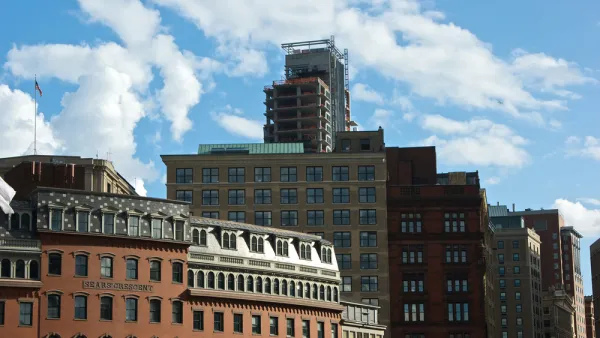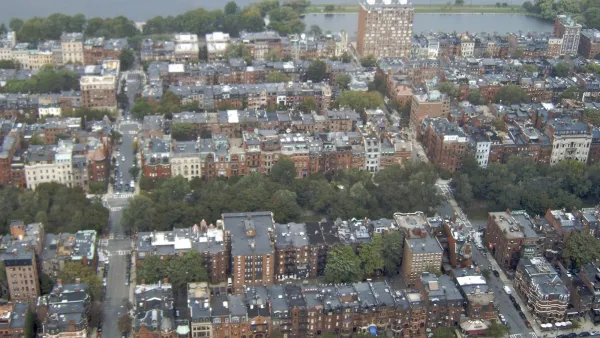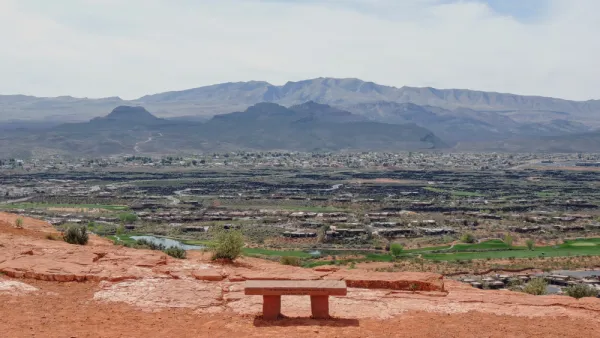Formerly small towns near Boston have experienced high growth rates in recent years. But despite their potential to keep growing, water supplies and aging infrastructure will likely be a limiting factor.
"The region is expected to continue attracting more companies, workers, and residents in the coming years. But that growth is also projected to slam up against water-related limits unless supplies are conserved or increased, said officials. The problem is already in sight, some say."
"In the region stretching along I-495 from Littleton to Wrentham, demand on public water systems is expected to rise from 51 million gallons a day in 2005, the latest numbers available, to 62 million in 2030, according to a recent study published by the 495/MetroWest Corridor Partnership and the Metropolitan Area Planning Council. Steady growth for the I-495 region is driving demand, the study said."
"Municipal water systems won't be able to keep up if they don't evolve, according to Paul Matthews, executive director of the 495/MetroWest business group. 'Those towns over 20 years ago were either rural or much smaller,' he said. 'Now a lot of them are bumping up against their infrastructure.'"
"Of the 32 towns in the study, nine experienced median water-usage increases of 10 percent over the past decade. Seventeen towns in the study decreased their water usage by a similar percentage, often because they conserved to stay within state limits while handling increased demand. In six towns, figures were unavailable because residents use private wells."
FULL STORY: High and dry

National Parks Layoffs Will Cause Communities to Lose Billions
Thousands of essential park workers were laid off this week, just before the busy spring break season.

Retro-silient?: America’s First “Eco-burb,” The Woodlands Turns 50
A master-planned community north of Houston offers lessons on green infrastructure and resilient design, but falls short of its founder’s lofty affordability and walkability goals.

Delivering for America Plan Will Downgrade Mail Service in at Least 49.5 Percent of Zip Codes
Republican and Democrat lawmakers criticize the plan for its disproportionate negative impact on rural communities.

Test News Post 1
This is a summary

Test News Headline 46
Test for the image on the front page.

Balancing Bombs and Butterflies: How the National Guard Protects a Rare Species
The National Guard at Fort Indiantown Gap uses GIS technology and land management strategies to balance military training with conservation efforts, ensuring the survival of the rare eastern regal fritillary butterfly.
Urban Design for Planners 1: Software Tools
This six-course series explores essential urban design concepts using open source software and equips planners with the tools they need to participate fully in the urban design process.
Planning for Universal Design
Learn the tools for implementing Universal Design in planning regulations.
EMC Planning Group, Inc.
Planetizen
Planetizen
Mpact (formerly Rail~Volution)
Great Falls Development Authority, Inc.
HUDs Office of Policy Development and Research
NYU Wagner Graduate School of Public Service





























